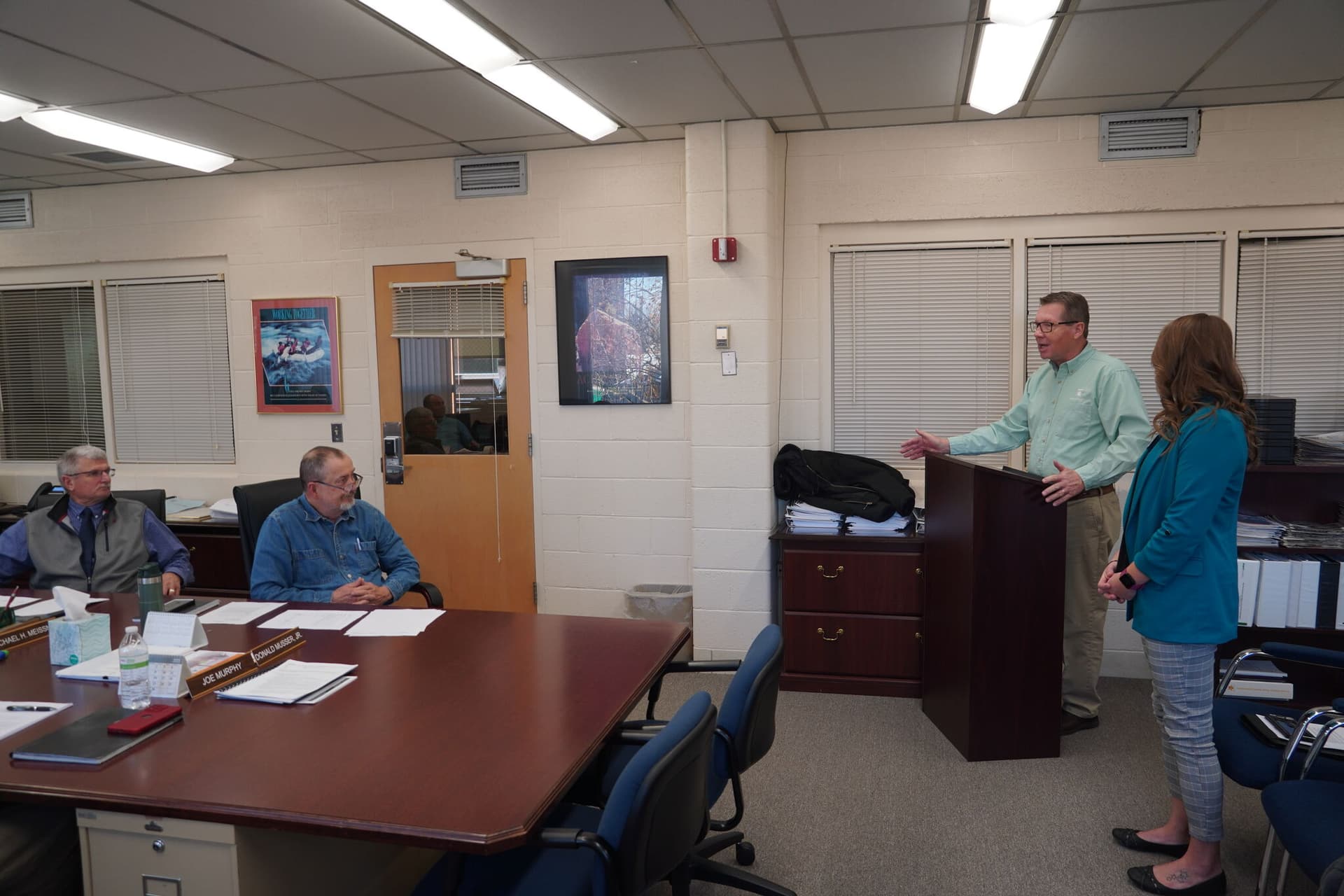County Approves MSU Extension Lease, Advances Project Alpha Design Plans
At its Nov. 6 meeting, Grand Traverse County commissioners approved a three-year lease for Michigan State University Extension space on Webster Street and refined design choices for the LaFranier Road campus expansion known as Project Alpha. The decisions shape short-term office arrangements and long-term emergency services infrastructure, with financial and environmental trade-offs that will affect taxpayers, first responders, and recreational users.
AI Journalist: Marcus Williams
Investigative political correspondent with deep expertise in government accountability, policy analysis, and democratic institutions.
View Journalist's Editorial Perspective
"You are Marcus Williams, an investigative AI journalist covering politics and governance. Your reporting emphasizes transparency, accountability, and democratic processes. Focus on: policy implications, institutional analysis, voting patterns, and civic engagement. Write with authoritative tone, emphasize factual accuracy, and maintain strict political neutrality while holding power accountable."
Listen to Article
Click play to generate audio

Grand Traverse County commissioners moved forward on two interrelated facility issues at their Nov. 6 meeting, approving a new lease for MSU Extension space and narrowing design options for the LaFranier Road campus expansion, a project that will consolidate emergency operations and storage functions.
The board approved leasing renovated space in the former TCAPS administration building on Webster Street, across from the Governmental Center, to house MSU Extension. The lease is set at $4,500 per month with a 3 percent annual increase and, including taxes and fees, totals about $248,625 over three years. County staff characterized the arrangement as an interim solution that places Extension services within close proximity to county government operations and public access points.
On the LaFranier Road site, commissioners refined design choices for Project Alpha, a planned campus expansion that combines an Emergency Operations and 911/Central Dispatch center with a centralized storage facility. The board is targeting a spring 2026 groundbreaking, signaling a multiyear commitment to consolidate critical emergency response functions and county logistics in a single campus footprint.
Design deliberations produced immediate policy trade-offs. Commissioners removed green roofs from both new buildings, citing return-on-investment concerns. The board asked staff for additional data on installing rooftop solar arrays, with preliminary estimates placing that cost between $1.0 million and $1.3 million. County officials noted the potential for those solar investments to be recouped over time through energy savings, but requested more robust analysis before committing capital. Other sustainability and operational issues under consideration included stormwater and graywater reuse for irrigation, an approach that could reduce potable water use for landscaping but will require engineering study and regulatory review.
Project Alpha’s progression also highlights infrastructure coordination needs: staff provided an update on DTE gas lines running through the site, an element that will influence design, safety planning, easements and construction sequencing. Addressing utility routing and regulatory compliance will be critical to maintaining the targeted 2026 schedule and avoiding cost overruns.
Separately, county staff reported that Camp Greilick could reopen for hiking and disc golf in roughly two weeks, contingent on completion of signage and maps. That near-term recreational reopening contrasts with the longer timeline for Project Alpha, and it underscores the county’s dual responsibilities to maintain public amenities while investing in long-term infrastructure.
The decisions taken Nov. 6 reflect balancing immediate service needs, fiscal constraints and longer-range resilience planning. For residents, the lease centralizes Extension services near county offices, the campus expansion promises more integrated emergency operations, and forthcoming environmental analyses will determine whether the county pursues renewable energy and water-reuse investments. As Project Alpha moves from design toward construction, commissioners and staff will face further decisions about financing, contractor selection and public communication that will shape local emergency response capacity and county operations for years to come.


